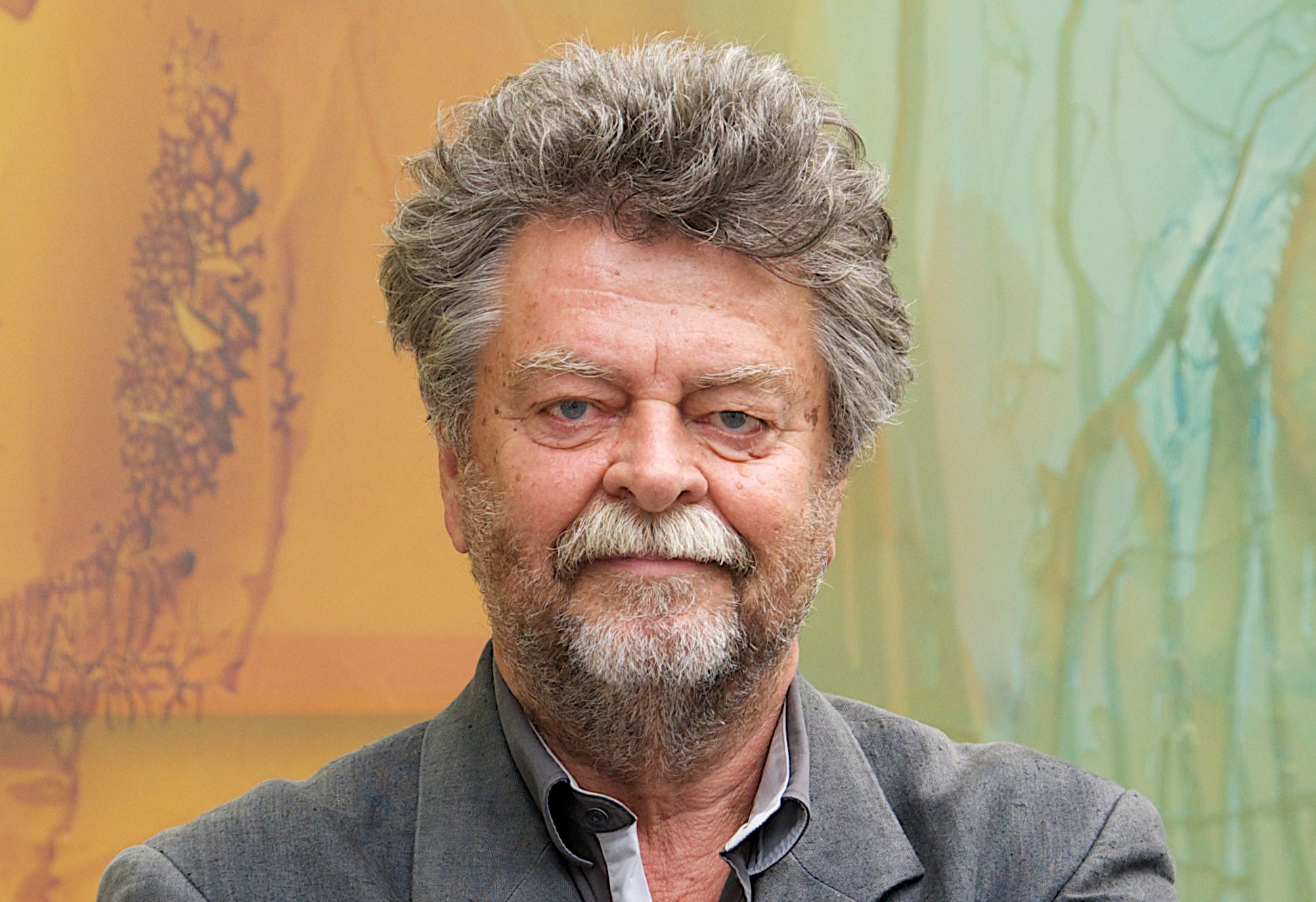Helmut Friedel first encountered the work of Sigmar Polke as a curator at the Lenbachhaus in Munich in the late seventies, when the museum started acquiring several pieces by Polke, including Streifenbild (1968), Hollywood (1971), Kekse (1964), and Kartoffelköpfe (1966). “In these years, I came across Polke’s photography through the Galerie Fassbender in Munich, where a group of photographs from Afghanistan were shown,” said Friedel.
Now the curator is presenting “Sigmar Polke: Alchemy and Arabesque,” on view until June 25 at Museum Frieder Burda. Below, Whitewaller learns Friedel’s thoughts on the late artist’s revolutionary work, and what this exhibition entails.
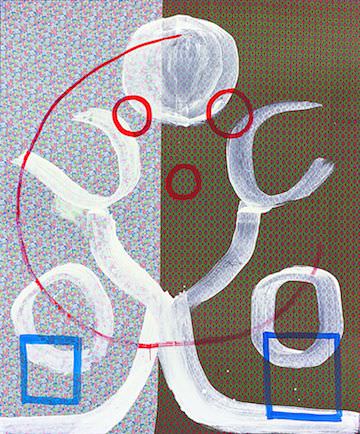
Sigmar Polke, Tree of Life, 1983.
Museum Frieder Burda, Baden-Baden.
© The Estate of Sigmar Polke / VG Bild-Kunst Bonn, 2017.
WHITEWALL: In his early work, Polke was known to have gained much inspiration from American Pop art, and in doing so, created a pseudo-movement, Capitalist Realism, with Gerhard Richter in 1963. How is this movement best seen in this exhibition?
HELMUT FRIEDEL: Pop art in the U.S., as well as in Europe, developed at the same time—parallel reactions to Abstract Expressionism, Informel, and so on, but in different “languages,” British Pop art (Richard Hamilton, Eduardo Paolozzi) and in Germany “Kapitalistischer Realismus” (Gerhard Richter, Sigmar Polke, and Konrad Lueg). Hollywood [1971], Dürer Hase [1968 and 1970], and $-Bild [1971] are examples of that mood in our exhibit.
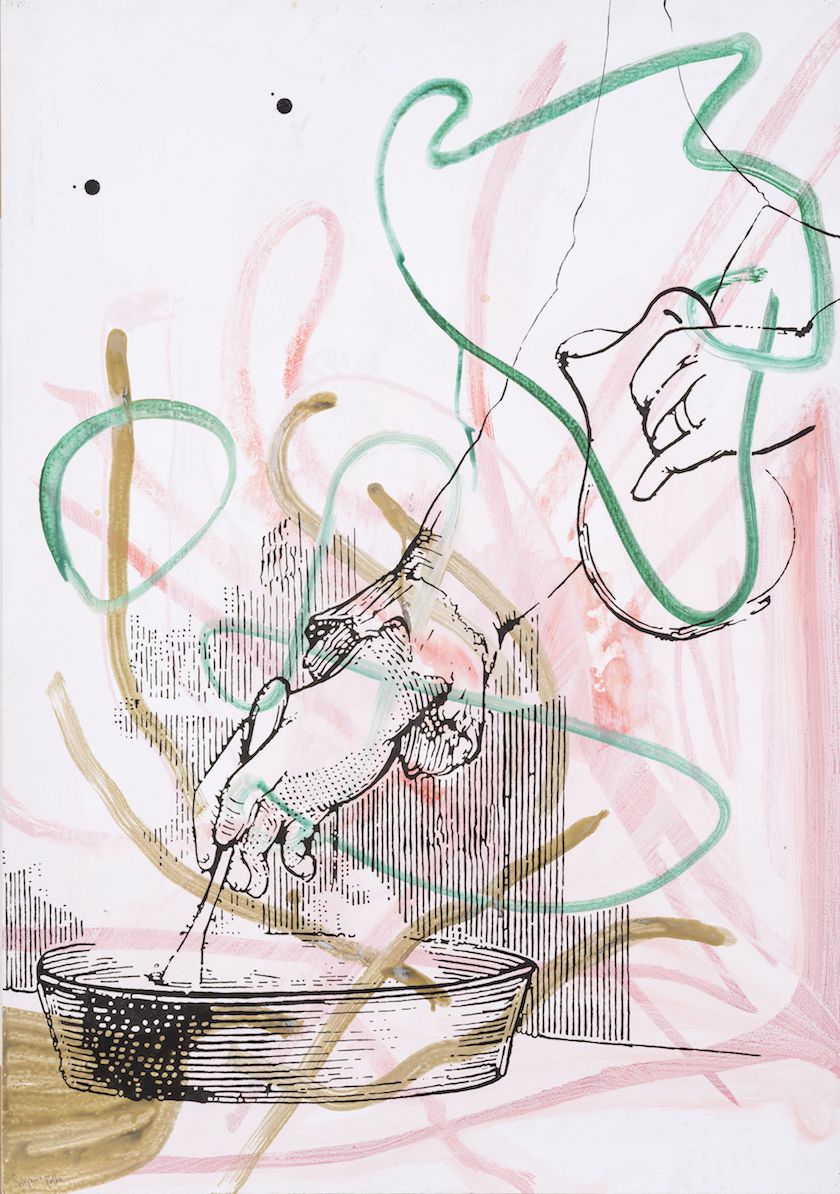
Sigmar Polke, Ohne Titel, 2004, Privatbesitz.
© The Estate of Sigmar Polke / VG Bild-Kunst Bonn, 2017.
Polke’s “spirit of Pop” can be seen by the use of fabrics with their own printed or woven design. Those fabrics don’t come from artist’s supply, but from department stores.
WW: “Alchemy and Arabesque” is on view ten years after Polke’s retrospective at Frieder Burda. Of what significance is this re-visitation in the same space as a decade before?
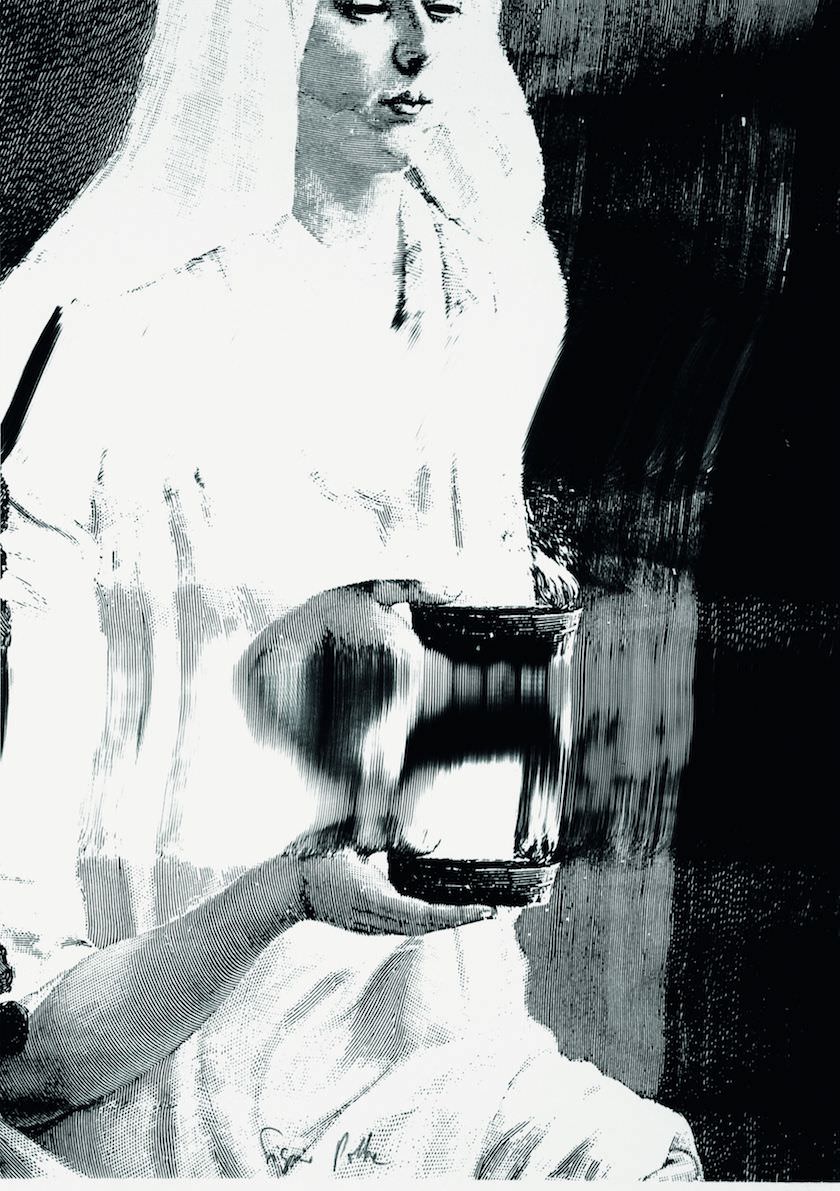
Sigmar Polke, Lieber Eberhard! Damit dem Kunibert das Licht leuchtet voran …, 2000/01, Städtische Galerie Karlsruhe, Stiftung Fotografische Werke Sigmar Polke aus der Sammlung Garnatz.
© The Estate of Sigmar Polke / VG Bild-Kunst Bonn, 2017.
HF: The Polke exhibit in 2007 brought together paintings from three different private collections: Frieder Burda, Josef Froehlich, Reiner Speck. Our show today is about a leitmotif that can be seen throughout his oeuvre: the “line of beauty” versus pattern, color, and chaotic structures on the surface of canvases.
I find it most interesting to observe the various backgrounds on which Sigmar Polke is working to make a picture: the use of prefabricated canvases, or the process of creating a colored square, such as in his “Farbproben.” Or his film Farbe [1986–1992]; this film is shown in the exhibition.
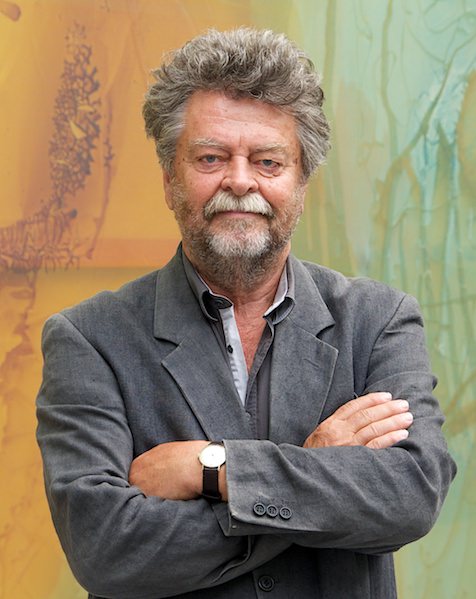
Helmut Friedel.
Photo by Klaus Schultes.
© Museum Frieder Burda, Baden-Baden.
WW: This exhibition focuses on the “mysterious grounds” of his paintings and the lines that formed them. Why did you want to focus on this part of his practice?
HF: The bringing together of a more or less given, self-creating process of colors with the interaction of the disegno. The image is made of clear lines on top of the less-defined or chaotic background, but it is not as clear and precise as it sounds in these words. It is more fun to see his results, which seem to open up more questions all the time.
WW: Was there something new that you learned about the artist while researching his curved lines and arabesques in depth?
HF: For this exhibition, we brought together almost 100 works, which haven’t been shown in public before. Among these were photographs that Polke manipulated with several processes of coloring, solarizations, chemical treatments, et cetera. This ongoing research with his material is extremely challenging. So, we show exposures of photo paper with radiation of uranium, and photographs Uran [1982] and Gold Nuggets [1990]. Gold nuggets can be found with their own shape, different from other metal. Form is given by nature.
Polke’s film Baden-Baden [1990], also included in the exhibition, shows another example of the processes of creation—in this case with soot from flames. On the other hand, Polke shows a clear decision for form, which can be seen in the painting Schleifenbilder [1986] that he painted for his presentation at the German Pavilion in the Venice Biennale in 1986.
Be sure to pick up your copy of Whitewaller Basel, out during the fair.



